You may be wondering how journaling can change your life, what it does for you and how to start journaling in a way that helps you create the life you want to live.
As someone who loves to journal in my spare time, I once decided to take journaling a bit more seriously and was astounded by its wonderful effects. I became more self aware of my actions, the why behind them and how I could start changing the things that weren’t working in my favor as well as recognize that I had full power over my life. Not only did I see profound changes, but also learned about the abundance of journaling techniques that make the process fun and exciting each time I would get read to write again.
Let’s dive into how to start journaling, the different techniques to use when journaling and how they affect you differently, and even some ways to romanticize the journaling process to be aesthetically pleasing.
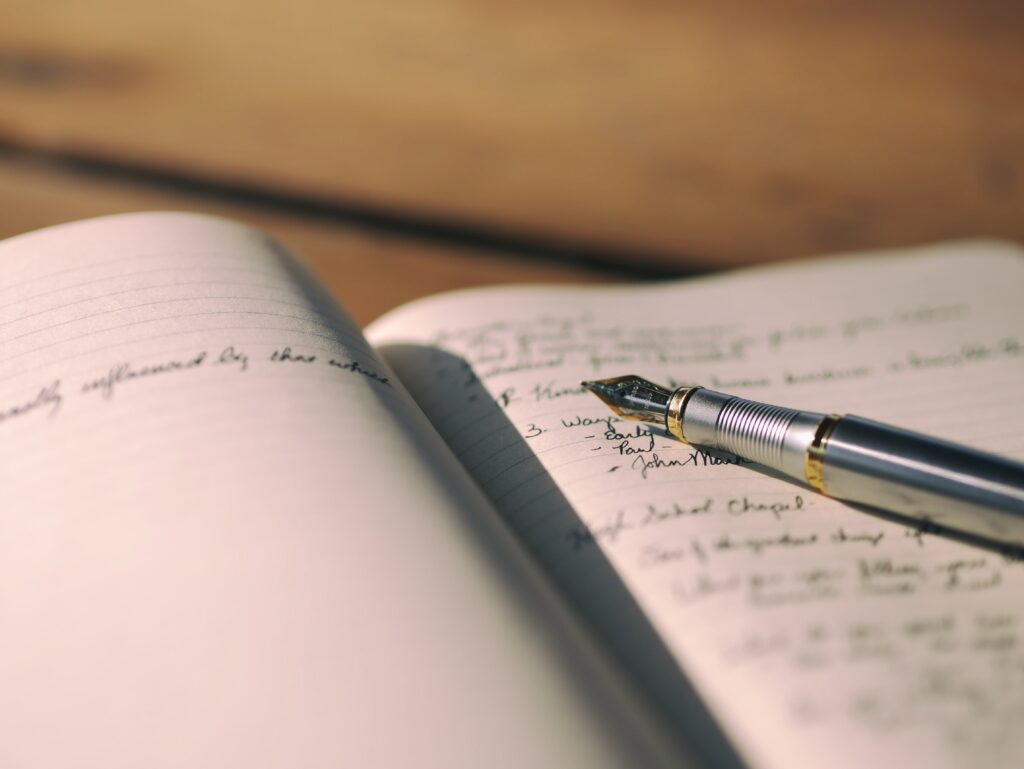
How to Start Journaling
1. Set the Mood

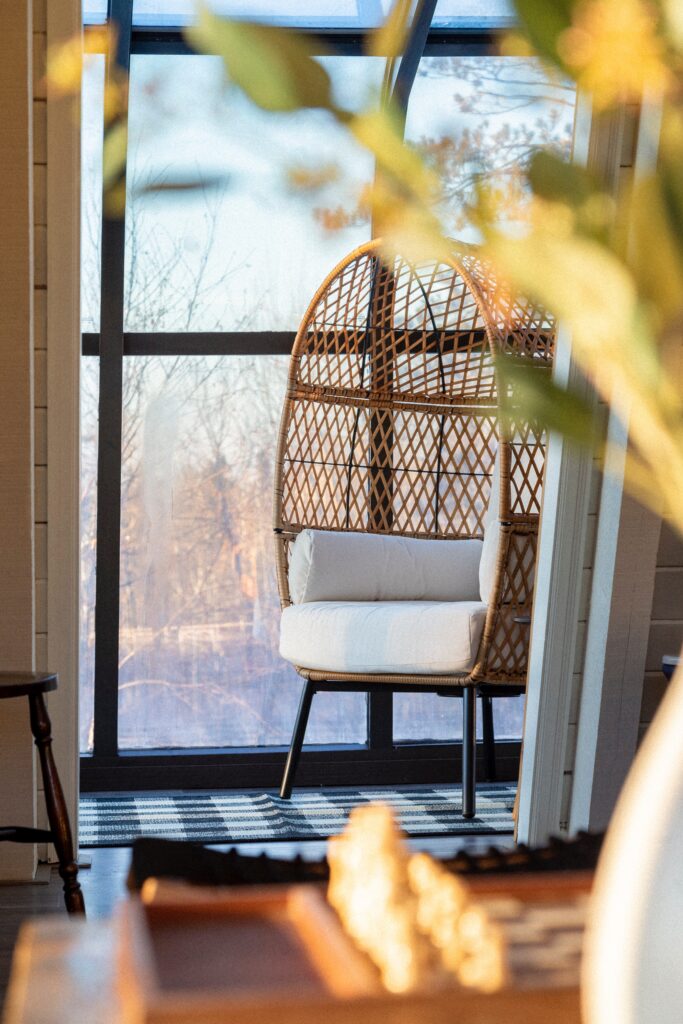
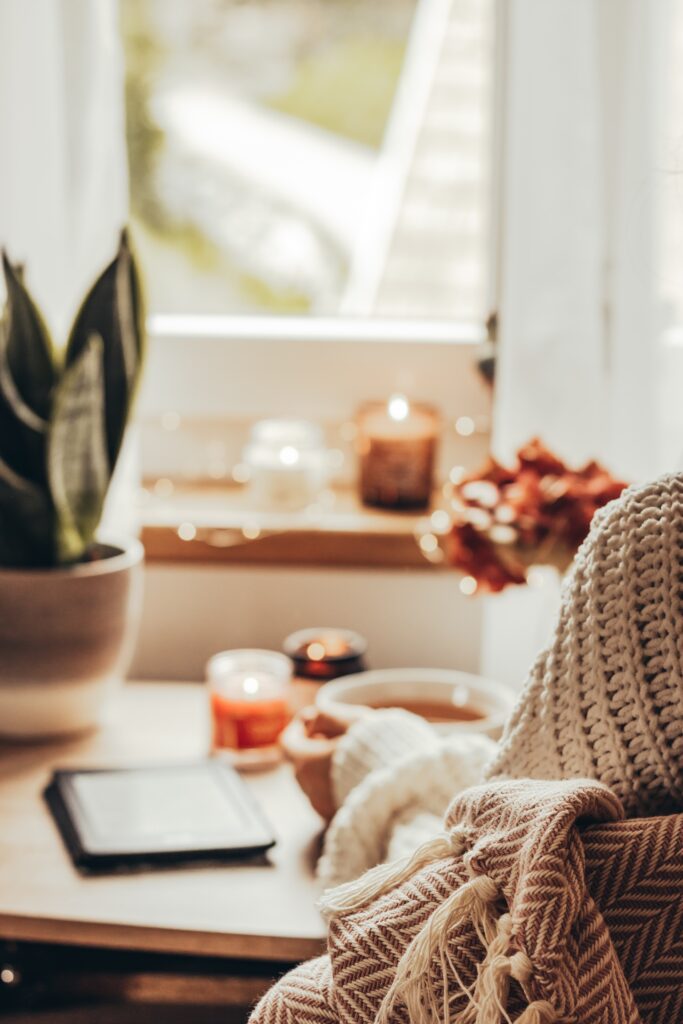
You may be wondering how journaling can change your life, what it does for you and how to start journaling in a way that helps you create the life you want to live.
As someone who loves to journal in my spare time, I once decided to take journaling a bit more seriously and was astounded by its wonderful effects. I became more self aware of my actions, the why behind them and how I could start changing the things that weren’t working in my favor as well as recognize that I had full power over my life. Not only did I see profound changes, but also learned about the abundance of journaling techniques that make the process fun and exciting each time I would get read to write again.
Let’s dive into how to start journaling, the different techniques to use when journaling and how they affect you differently, and even some ways to romanticize the journaling process to be aesthetically pleasing.
2. Create Headspace
Being present is so important in journaling. you want to focus on what you are going to be writing about at hand without worrying about the rest of the day ahead of you. Giving you a guide about how to start journaling without this step would be a disservice! Practicing presence is a skill that translates into every part of your life.
3. Set Aside Ample Time
Have at least 30 minutes in the morning, midday or night to complete your journaling for the day. Rushing yourself through a prompt will not allow you to stay present and fully dive into your thoughts and feelings about whatever you are journaling about that day. Thinking about everything else you have to do and trying to cream in a a journaling session into 10 minutes will inhibit your ability to stay focused.
Journaling techniques
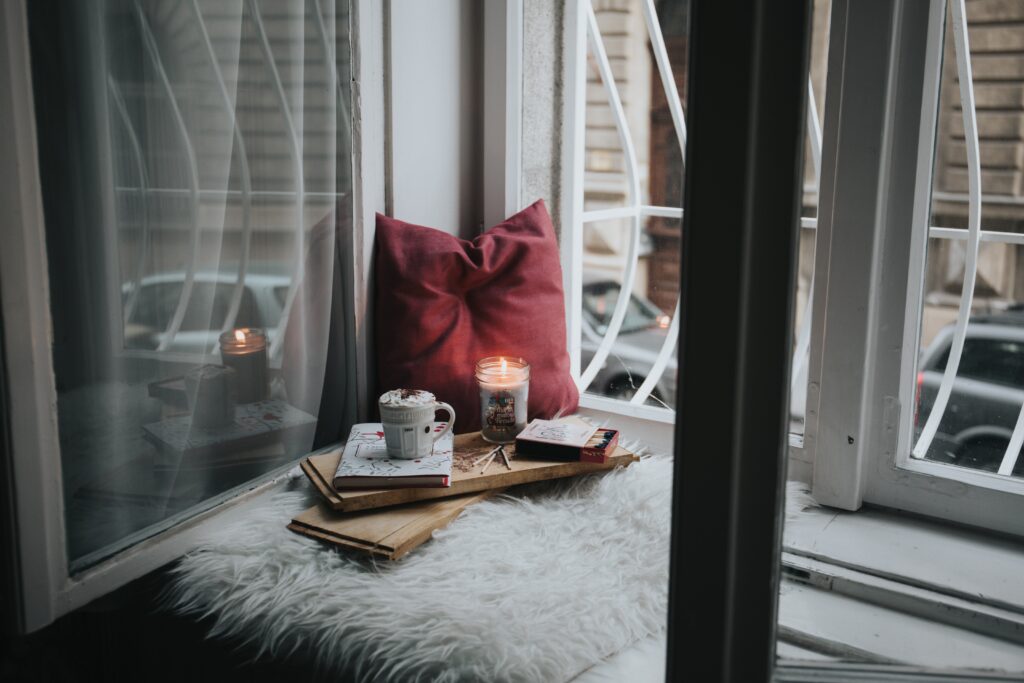
1. Daily Scripting
The practice of daily scripting provides many benefits to yourself. Thinking through every detail of what you did in the day increases your memory. Through this practice, you are building your mind’s ability to retain information, similar to the way you study information in school to retain more information. Journaling also requires you to focus on a specific thought for a period of time. Because of the way our brain works it translates into other areas of your life, allowing you to retain memory of the things you focus on.
This specific journaling technique also allows you to thoroughly analyze how you felt throughout the day, the emotions you experienced, or even wanted to experience, but you didn’t. It can help you look at your daily habits and how they affected your mood for the day and what activities you decided to do. Sometimes looking back through your day can create an awareness to things you initially may not have noticed about yourself because now you have the time to do so.
2.. Inner Child Prompts
Inner child prompts are a great way to do inner healing. Understanding that there are parts of our childhood selves we don’t allow to be expressed, things that we haven’t forgiven, or even traumas that we haven’t unpacked and worked through. This type of journaling technique can be some of the hardest, but also some of the most beneficial. Here are some examples of Inner Child Journaling Prompts you should try:
- What is the first memory you had as a child? Describe in detail.
- When you were a kid, what did you dream about? Did you fulfill or do you still have any of those life dreams?
- Where did you feel safest as a child? Where did you feel least safe as a child?
- Find more journal prompts like this in our 28-Day Guided Self Care Journal
3. Forward Looking Prompts
As much as presence is important, sometimes you have to look towards the future to live your most authentic and fulfilling life. Being present is not only about living day to day trusting and letting life take you where it does, but actively and presently becoming a part of you that is already there, you just haven’t looked or thought hard enough to figure out what exactly it is that you want to be and how you want to live. Here are some examples of forward looking prompts you should try:
- Describe in detail what a perfect day would look like to you. From the style of your clothes, to the kind of food you eat, to how you feel, how you want to spend your time, and what you want to focus on daily.
- Write down exactly what you want your life to look like in 5 years. From your relationships, to love, to career, to what you hope to look like, feel like, and qualities you wish to exude. Be detailed and describe what having these things look like and how it makes you feel.
- If I could gain clarity on __________, then I would __________.
- Find more journal prompts like this in our 28-Day Guided Self Care Journal
4. Meditate, Then Write

Meditate on your journal prompt before completing. Take 1 minute to sit and think about your entry, taking note of all thoughts and feelings that arise as you sit in silence. Then complete your entry with clarity. Sometimes we can write meaninglessly. I do it myself. Go back and read and realize I wasn’t actually focusing on the prompt and veered off into another subject. While sometimes it is ok to let the prompt take you wherever it leads and write unrestricted, certain prompts that are really about inner healing require that clarity and focus in which meditating can assist you in!
5. Drawing

Instead of writing about how you were feeling after a long day, draw or paint the mood you were in for the day. This is one of my favorite journaling techniques, and might be yours too if you really enjoy the arts and creativity. Drawing allows you to express your feelings and emotions without words. Interpreting it however you desire and using colors, designs and pictures to portray a mood or experience. If you want, you can also journal about what that drawing means to you and why you feel you came up with what you did. Or let the art speak for itself! Not only is this a fun way to change up your journaling technique, but creating in an artistic way feeds your soul and can release energy in a fulfilling and healing way.
6. Don't Focus on One Aspect of Your Life Too Much
Diversify your journal entries. I find it much easier to search for prompts online or take the initiative and purchase a journal with prepared journal prompts, so I don’t have to take the time to come up with my own. Check out our digital journal that has personally changed my life. It is how I’ve pushed myself to get here, learning myself and learning to love myself and know my worth, what I deserve and how I have the ability to create the life I want to live.
Don’t spend everyday complaining or talking about your annoyances. While it’s important to get things off your chest, it can be even more draining to rehash those things that angered or annoyed you. They say that you get more of what you focus on. So while it is more than necessary to fully feel and analyze your emotions both negative and positive, your journal shouldn’t be filled with 90% complaining and negativity and 10% ways to move forward and create positive outcomes of the situation.
7. Always Practice Gratitude
This may be one of the most important journaling techniques. You should practice gratitude every day and in every journal prompt. As I said earlier, what you focus on is what you get more of, if you focus a lot on the things you are grateful for more of that will come to you. And know that you can still allow yourself to express your emotions about being in lack or how it feels when you don’t have something, WHILE also practicing gratitude for what you currently have that can be built up and remind yourself what it would feel like to have that.
For funsies - Journal Aesthetics
Sometimes it’s fun to make the journaling process aesthetically pleasing. I know I personally LOVE to romanticize the process. Here is how I do it:
1. Setting your mood with tea/coffee, your favorite blanket, some candles, sunlight shining through, some calming background music and even a furry pet!
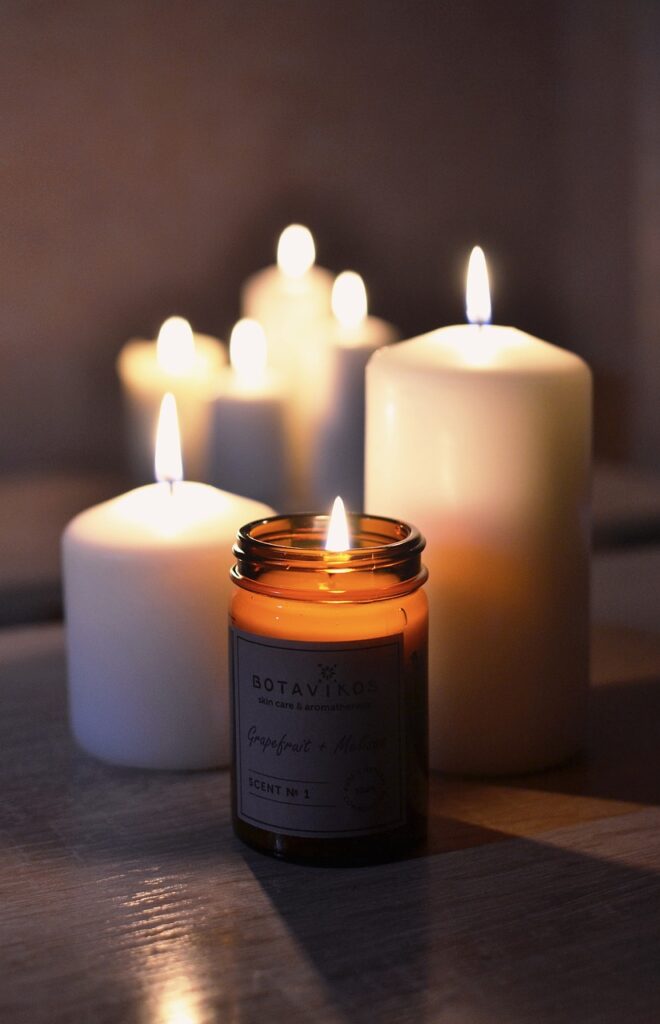

1. Mood trackers – While journaling in itself can help you be more in tune with your mood through the week, sometimes the addition of a mood tracker is even better! LINK JOURNAL
2. Take a journal break and doodle in it. Sometimes journaling is hard and it brings up unexpected emotions. If you can’t do a prompt all at once. Take a mini break and doodle for funsies! Get back to it when you are ready.
3. Stickers….Who doesn’t love stickers right?! Maybe stickers that exemplify your mood for that journal entry or stickers of affirming words and/or quotes. Here are my favorites,
I think my favorite thing about journaling is that there are so many ways to do it, and none of them are wrong! You can be creative and learn so much about yourself and what you want out of this life. Hopefully this article gave you some insight on how you can start journaling and some awesome journaling techniques to help you change your life. Because I know it changed mine.












